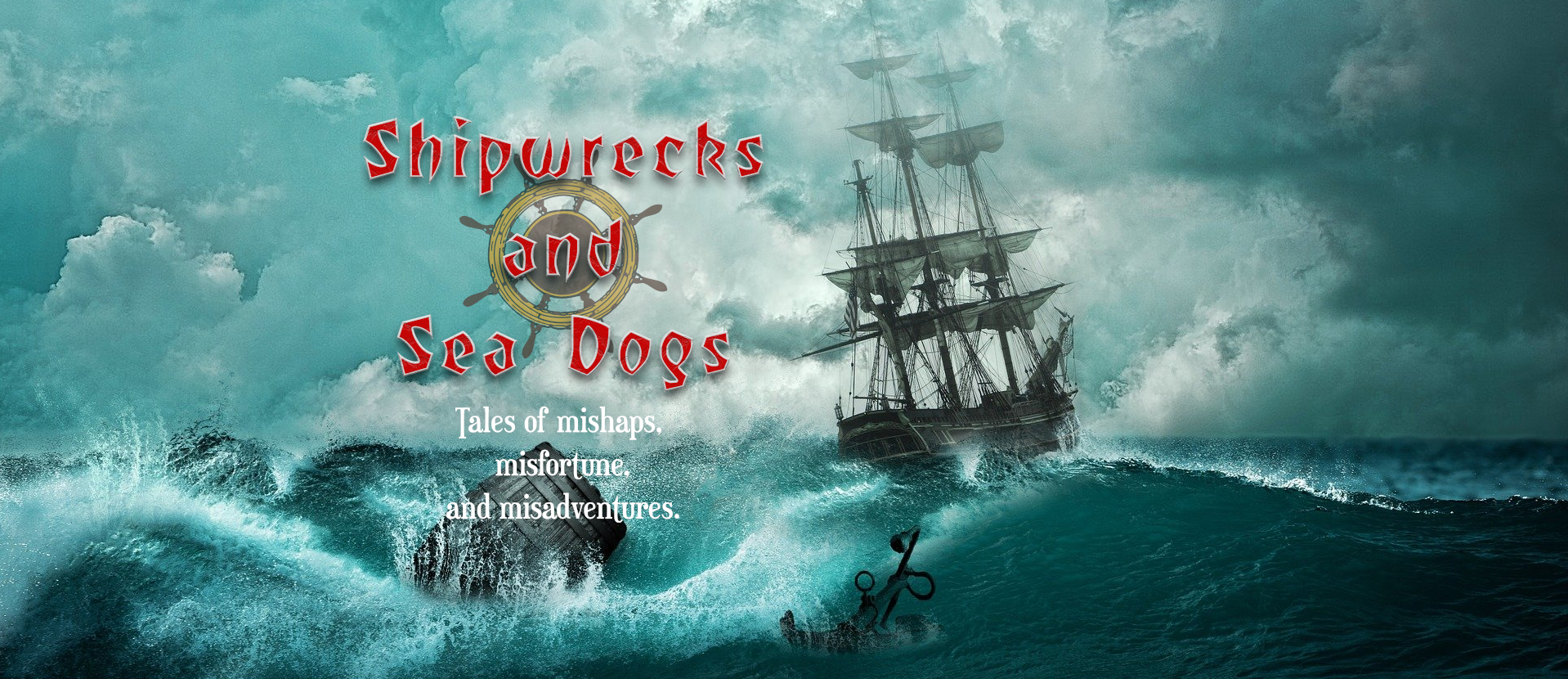The sinking of the Admiral Von Tromp on September 30, 1975 remains a mystery to this day. Captain Frankie Taal and the fishing trawler left Scarborough pier in Yorkshire, England at 1am, headed for the Barnacle Bank fishing grounds, about 45 miles north-northeast of Scarborough. After leaving the harbour, Taal left John “Scotch Jack” Addison at the helm, for a much needed cup of coffee. Addison was an experienced and trustworthy helmsman who should have had no issues in the relatively calm seas. There was a bit of fog, but nothing an experienced helmsman couldn’t handle, and their course did not take them near the coast. The vessel also had modern navigation technology on board, and full fuel tanks. Taal returned a short time later to check on Addison, and as expected, all was well. Taal retired for the evening and left Addison again at the helm.

A short time later in the early morning hours, Taal awakened to the boat being tossed and shaken about, as if it were grounded on rocks. He bolted out of bed and ran back to Addison. Taal was astounded to see the boat was in fact grounded, and heeling over on the rocks. The Von Tromp had run aground off Black Nab in Saltwick Bay, a short distance south of Whitby. Taal shouted at Addison, “What the hell are you doing?” Addison was frozen in horror, and unable to speak. Taal quickly issued a Mayday communication.
Taal and the rest of the crew attempted to dislodge the boat. With everyone wearing a lifejacket, Taal tried to anchor the boat to help stabilize it. However, the boat then rotated and began to flood with water. Taal was forced to physically remove Addison from the helm, as he was still panic stricken and seemingly unable to move. By this time the Von Tromp was enveloped by dense fog and was being battered by harsh waves.
With the ship heeling over, Taal and the crew tried to hold on to the side of the boat. With the waves hammering them they instead returned to the wheelhouse. After an hour, the wheelhouse began flooding and the crew’s heads were hitting the ceiling.
While sheltering in the wheelhouse, a rescue boat from Whitby arrived, having received the Mayday message. Coxswain of the rescue boat, Robert William Allen, was close enough to shout to Taal, who reported at that time that all were alive. Allen made several attempts to reach the Von Tromp, even making physical contact with the boat. But the rough seas and heavy fog prevented Allen from reaching the Von Tromp. Lines thrown to the Von Tromp were of no use because the crew were all still inside the wheelhouse.
Escaping through an open window, Taal and the others made it out of the wheelhouse and back on the deck of the helpless boat. John Addison did not make it out, having already drowned in the wheelhouse. Perhaps, still in shock, Addison was unable to help himself.
It went from bad to worse once making it out of the wheelhouse. Fish-hand George Eves was washed away by a wave once he reached the top of the wheelhouse, and was never seen again. Taal also went overboard, and started blowing his whistle. The crew of an inshore lifeboat were able to locate Taal and threw him a line. Not having the strength to pull himself, Taal was pulled up out of the water and into the lifeboat. Mate Alan Marton and Engineer Anthony Nicholson were washed ashore, and survived. The body of John Addison was found almost a month later on October 25th in Runswick Bay.
Addison and Eves were tragically lost, with no explanation for how this happened. The only man who could potentially explain was John Addison. Mr Walter Sheader, a Pierman in Scarborough, assisted the crew of the Von Tromp with their departure, and claimed everything was perfectly fine, and the crew were all sober. It made no sense to Taal, Marton, and Nicholson of how the boat could have hit rocks near the coast. Later investigation showed Addison had no alcohol in his blood, and the weather was reasonably calm. The fog was the only condition present that could have caused any problems.
A Coast Guard captain later charted the course of the boat, and discovered it was heading due west, straight toward the coast, more than 90 degrees off course. A nautical surveyor additionally testified that the boat would not have crashed into the coast even if it were left unmanned. In his opinion, this was a deliberate act of sabotage.
A Silver Medal was given to RNLI Lifeboat Coxswain Robert Allen for his skillful rescue attempts, and a Bronze Medal was awarded to the Helmsman of the inshore lifeboat, Richard Robinson, for rescuing Frankie Taal.
The remnants of the Admiral Von Tromp are still visible on Black Nab, as an eerie reminder of how difficult maritime rescues can be, even close to shore, and with modern equipment.


